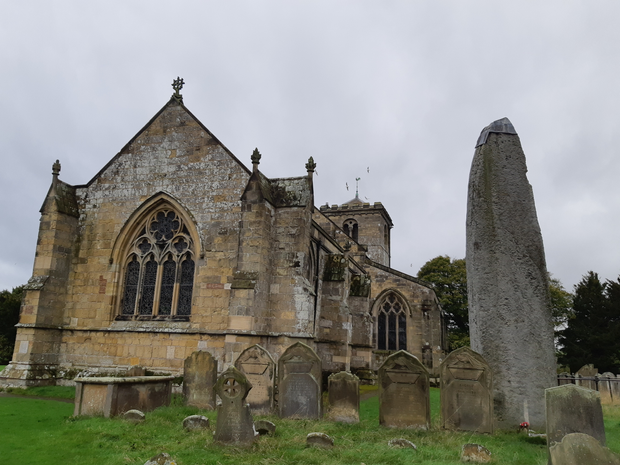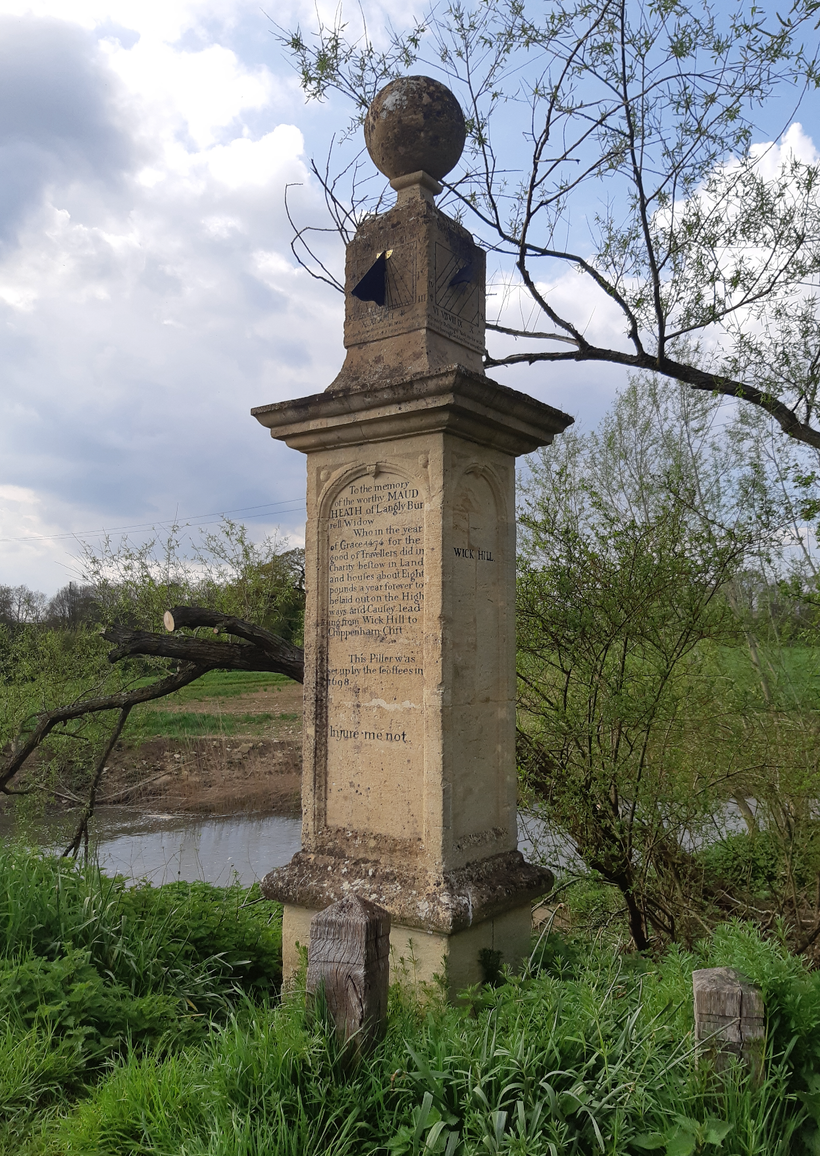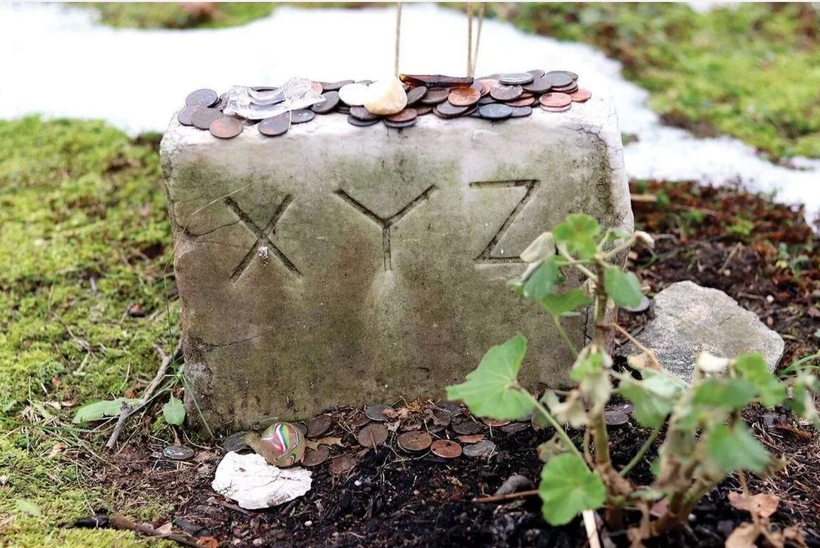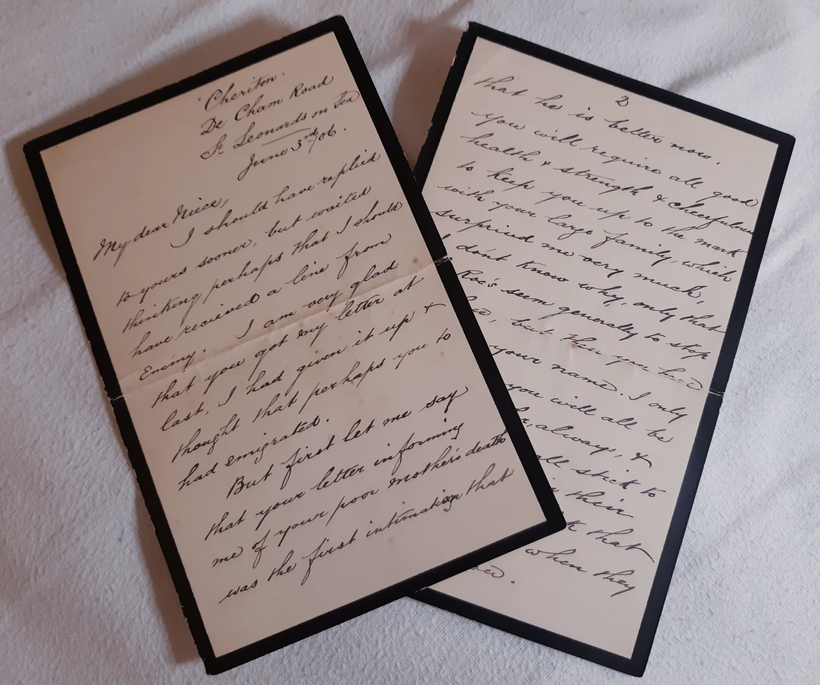The United Kingdom has a long and rich tradition of Christmas ghost stories. From moralistic Victorian novellas to the terror-filled tv specials of today, the festive season just isn’t right without a tale or two about the undead.
However, as much as we love Christmas ghosts, some festive hauntings don’t spring from the pages of a book.

Bramshill House in Hampshire is home to one of the UKs most renowned festive spooks. In truth, it is frequently cited as having 14 separate ghosts, making it one of the country’s most haunted houses. However, for Christmases sake, we’ll just be focusing on one.
In the early 17thcentury, a young girl reportedly named Anne Cope was due to be married at the house on Christmas Day. After her and her new husband took their vows and celebrated their new nuptials, it was time for Anne, as a new bride, to be escorted to the marital bed.
However, before heading for the bedchamber, the young bride suggested that her and her guests play a short game of hide-and-seek. Anne asked for a five-minute head start before her guests began the search, and away she went.
After her head start, the wedding guests began their hunt. They searched the house from top to bottom and found no sign of the young bride. At first, the guests assumed it to be a trick, as Anne was in high spirits, however, as time passed, concern began to grow for the young girl.

Her new husband was distraught when Anne wasn’t found and rumours circulated that she had fled, rather than spend her life with Lord Hugh Bethell. Through his grief, he spent decades searching for his lost bride. 50 years after Anne’s disappearance, the ageing Lord was in the attic of his mansion, still searching for clues. As he was knocking on some oak panelling, a hidden and previously unknown secret door suddenly opened. Inside, was an elaborately carved wooden chest. Inside the chest? The skeletal remains of his long-dead bride, still in her wedding dress, holding her bouquet.
Inside the lid of the chest were criss-crossing scratches, a sign of the bride’s futile attempts to escape.

“Oh sad was her fate! In sportive jest,
She hid from her Lord, in an old oak chest.
It closed with a spring and her Bridal bloom,
Lay withering there in that living tomb.”
-Samuel Rogers
There have been accounts of a ghostly white lady repeatedly passing through the ‘Fleur de Lys’ room. Reportedly, ‘Michael I of Romania asked to be moved to another room during a stay there, in order to not be disturbed by the young woman in white who passed through his bedroom every night.’ The bride supposedly announces her spectral arrival with her favourite scent; lily of the valley.
Should you visit Bramshill House today, you may find an eerie wooden chest on display in the entrance.

However, in the tried and tested tradition of ruining Christmas, the tale of the ghostly bride has a few potholes. Some believe the bride not to be that of Anne Cope, but of Genevre Orsini, who was married in 1727. Rather than hiding and dying in the house, her ghost and the chest was brought to Bramshill from Italy. The name of the ghostly bride changes frequently between accounts; in one breath, Anne, in another, Genevre. In one book, it is an English bride, in another, an imported Italian one.
However, Sir William Henry Cope wrote in his 1883 work, ‘Bramshill: Its History and Architecture’ that the chest on display in the house was a facsimile of the original. He also added that the original had been large enough to fit “a woman of comely proportions”, but was removed by Sir Denzil Cope’s widow in 1812.

Throughout the 19thcentury, songs, poems and etchings were made of the gruesome tale, with the first emerging in 1809 under the title ‘The Melancholy Occurrence.’ After this, several other poems and songs were written, the most popular being the 1830s work, ‘The Mistletoe Bough’ by Sir Henry Bishop.
The fascinating blog ‘SeeksGhosts’ recounts the importance of Bishop’s work, saying that,
‘By 1859, this song in England was so beloved, it was shared in most households at Christmastime. Many knew the heart-wrenching lyrics “by heart.”
The same story was retold by Susan E Wallace in 1887 as ‘The Old Oak Chest’ and by Henry James as ‘The Romance of Certain old Clothes’ in 1868. The old tale also made it onto the silver screen in 1904 when Percy Stow made the short film ‘The Mistletoe Bough.’
Since then, the story has reappeared in several incarnations, and with a conclusion as grizzly as a bride in a box, I imagine the young spectre to have many years left.
English, Italian, fact, fiction? Hey, what’s a historical ghost story without a few inaccuracies?

Resources:
Penny Legg, Folklore of Hampshire
https://seeksghosts.blogspot.com/2014/05/bramshills-entombed-bride.html
https://en.wikipedia.org/wiki/Bramshill_House#Legends
https://seeksghosts.blogspot.com/2014/05/bramshills-entombed-bride.html










Leave a comment